In-House Robotics Expertise: How to Tell if it's Working

Posted on Dec 12, 2016 7:00 AM. 5 min read time
You've decided to move towards in-house robotics expertise, but how do you tell if the move is effective? It's tricky to measure in-house expertise because it's based on knowledge. We discuss how to assess your in-housing effort and analyze the effectiveness of robotics training.
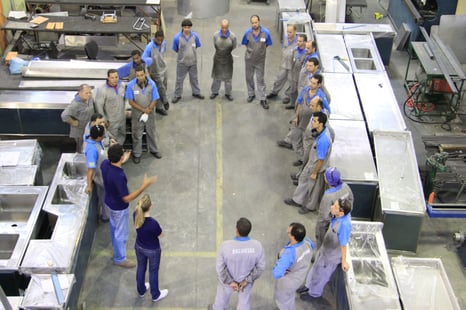
"What gets measured gets done" is a common saying in the world of performance metrics, which means there is no action without measurement. A complimentary saying could be: if you don't use the right metrics, you'll never know how effective your actions are.
This is particularly important when you are developing in-house robotics expertise within your business. There are great reasons to have in-house robotics expertise, especially when you consider how it compares to the alternative: outsourcing. However, without good metrics in place you will struggle to know if your in-house training plan is working or not.
In this post, we discuss how you can measure your in-housing effort. We help you to determine the best metrics for your business and provide a four-level evaluation model to tell if the training is effective.
How to Measure In-House Robotics Expertise
There is no one-size-fits-all when applying metrics to your in-housing effort. Pick one or two methods and apply them before in-housing begins and at regular intervals throughout. The most important thing is that you define your metrics early, perhaps even before you have purchased the robot. This allows you to make a realistic comparison of in-house expertise compared to the previous situation.
Here are a few methods you might use to measure the effect of in-housing robotics expertise:
- Self-diagnosis — This involves surveying employees, and maybe even customers, to see how the in-housing effort is progressing. It allows you to demonstrate the effectiveness of in-housing and also to uncover future improvements.
- Process Mapping — This involves mapping out the processes within your business. These could be physical manufacturing processes, but can also be human-led processes like decision making. If robotics trained employees are becoming more involved in the decision making and innovation processes, it's a good sign the in-housing is working well. It can be useful to compare process maps at various stages through the in-housing effort to see how they change.
- Cost, value and time comparisons — Cost is the bottom line of most business decisions. Regularly compare the income and value gained from in-house expertise against expenses of training, and the savings made by not outsourcing. You can perform a similar analysis of production time, if employees are willing to log the time they spend on different tasks.
These are just three of the possible measurement methods. Other methods may be more suitable for your business. You may already have some performance measurements in place; in which case, use these as they will give a better comparison of the "before and after" of in-house robotics expertise.
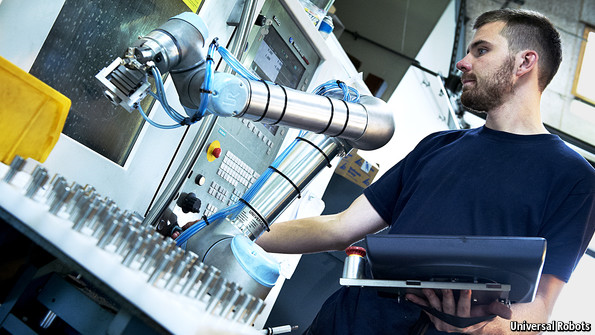
What Are the Best Metrics for In-House Expertise
Whichever methods you use to gather information, it is important to choose the right measurement metrics. There are hundreds of different metrics which might be relevant to your in-house robotics expertise. Here are a few categories you might consider:
- Manufacturing metrics — e.g. percentage of non-compliances, rate of new product introduction, throughput, time-to-delivery, etc.
- Cost metrics — e.g. cost per unit, net operating profit, productivity in revenue per employee, etc.
- Performance metrics - e.g. customer and employee engagement, overall equipment effectiveness, innovation pipeline strength, etc
See this page for a list of 28 manufacturing metrics and also this list of 75 key performance indicators.
Although there are many metrics to choose from, it is important not to go overboard. Pick a few metrics which are most crucial to your business and focus on them. You can add other metrics gradually. Remember, the purpose is to measure the effect of in-house robotics expertise on your business, not spend all your waking life analyzing data.
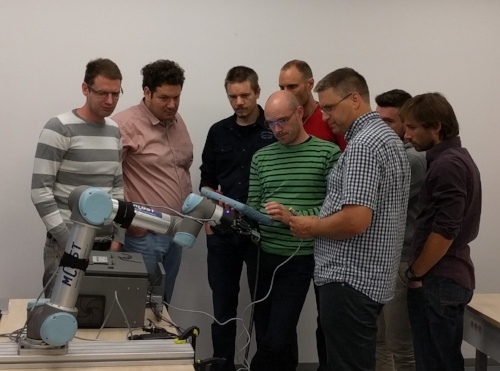
A Four Level Model to Measure Training Effectiveness
Take a moment to think about any training course that you have attended in the past.
Did you consider it a good course or a bad course? How did you reach this conclusion? Did you enjoy the course? Did you learn things which you were able to apply immediately to your life or business?
When you have attended many trainings, you begin to develop an intuitive feel about what makes a "good" course. However, intuition is not a very useful metric if you want to objectively measure the effectiveness of a robotics training. For that, we need a model.
The Kirkpatrick Training Evaluation Model was designed by Prof. Donald Kirkpatrick in the 1950's. It provides a way to objectively measure the effectiveness of training, and is widely used. Training evaluation is broken down into four levels: Reaction, Learning, Behavior and Results.
Below, I give a brief description of each level. For a more detailed guide to implementing the model, check out this page.
1. Reaction
This level aims to measure the participants' attitudes to the training. It is quick and easy to perform; for example, by using feedback forms after the training. Although it as not as in-depth as other levels, it gathers very valuable information. After all, if your workforce doesn't enjoy the training they are less likely to participate in others.
2. Learning
This level looks at how much knowledge, skills or attitude the participants actually gained from the training. Often, this is achieved by setting "learning objectives" for the course and measuring them immediately afterward with testing. The results might be compared to test results from before the training.
3. Behavior
This level determines if the training actually causes the participants to change their behavior at work. Imagine that you have a robotics training which scores highly in Reaction (employees enjoy it) and Learning (they score well on tests), but employees don't change the way they use the robot after the training has ended. Would that be an effective training? This level usually involves long-term observation and assessment following the training.
4. Results
Finally, the results level looks at the effect of the training on the wider business. This is where you assess the metrics which we discussed earlier in this post. It aims to determine if the robotics training course contributes to your long-term business goals for the in-house robotics expertise.
The key to applying metrics effectively is to do it consistently and often. Just as you make time for financial forecasts, make a space in your schedule to measure your move to in-house robotics expertise.
What do you look for in a robotics training course? Which metrics do you apply to your business? Which robotics skills would you bring in-house? Tell us in the comments below or join the discussion on LinkedIn, Twitter or Facebook.
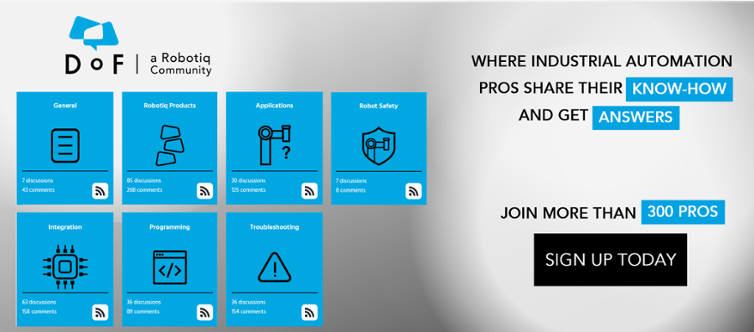
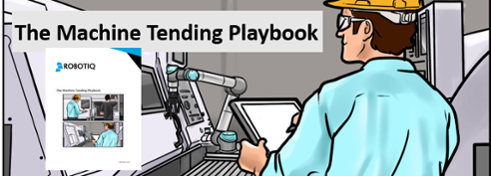


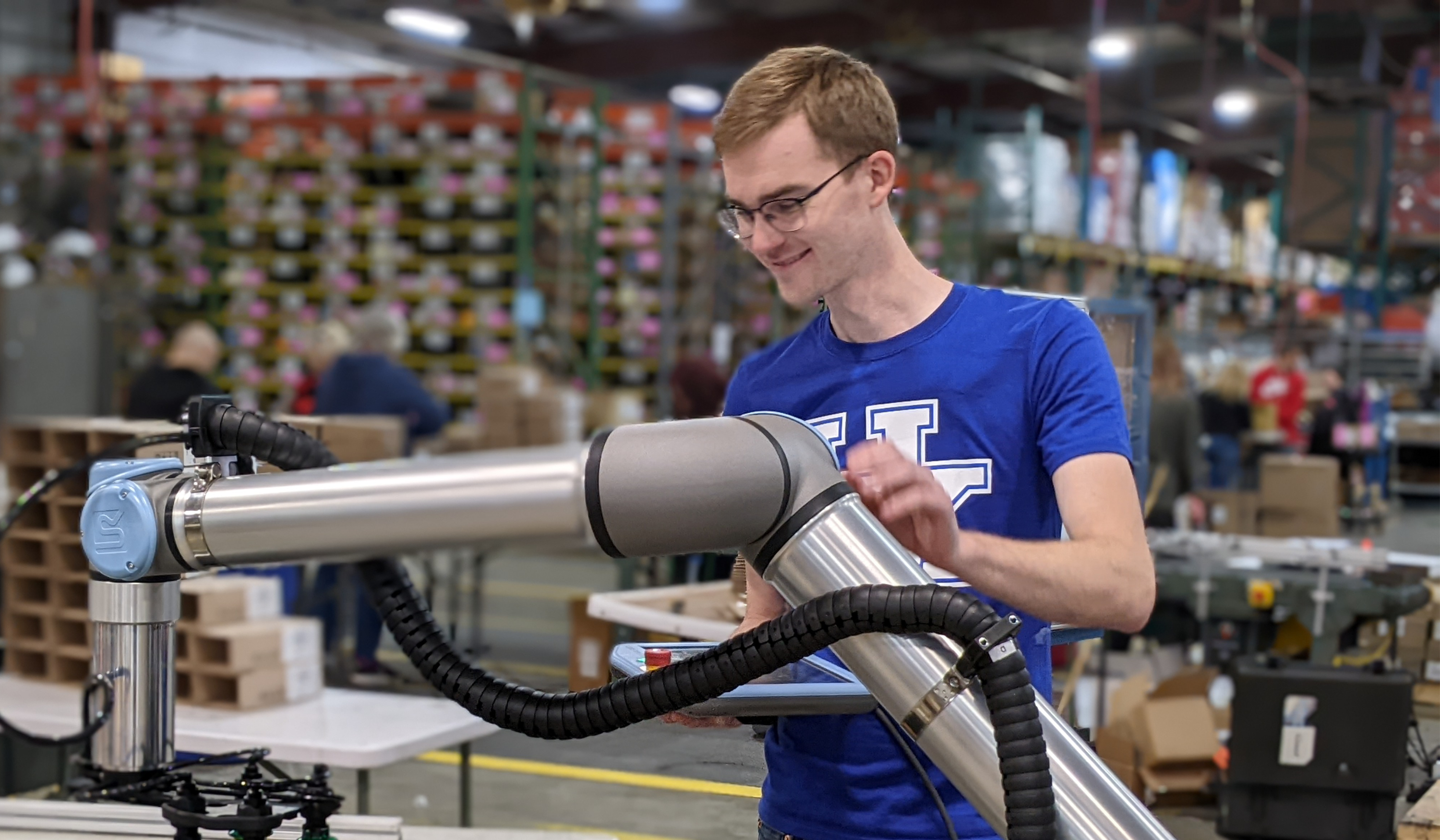
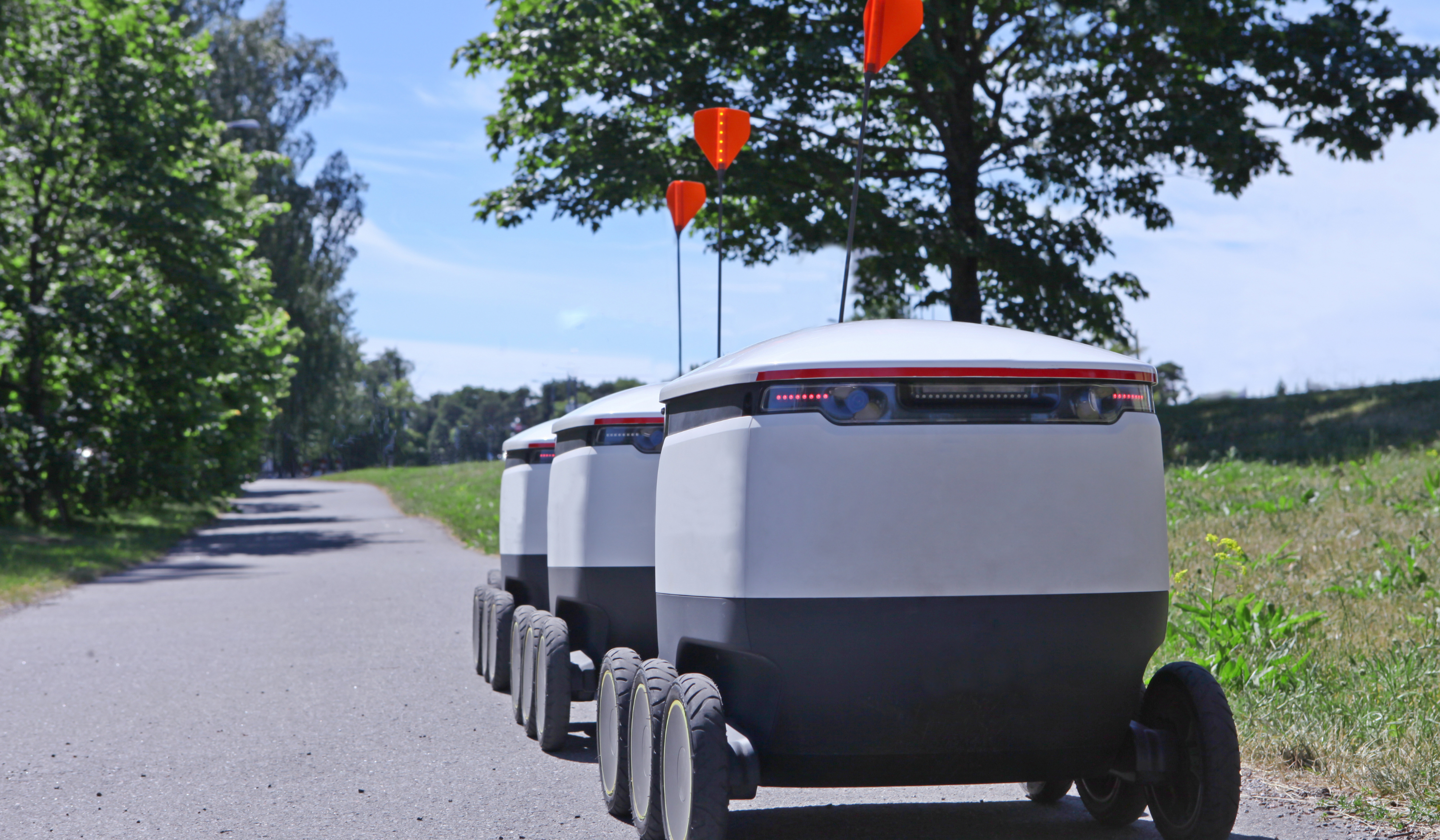

Leave a comment